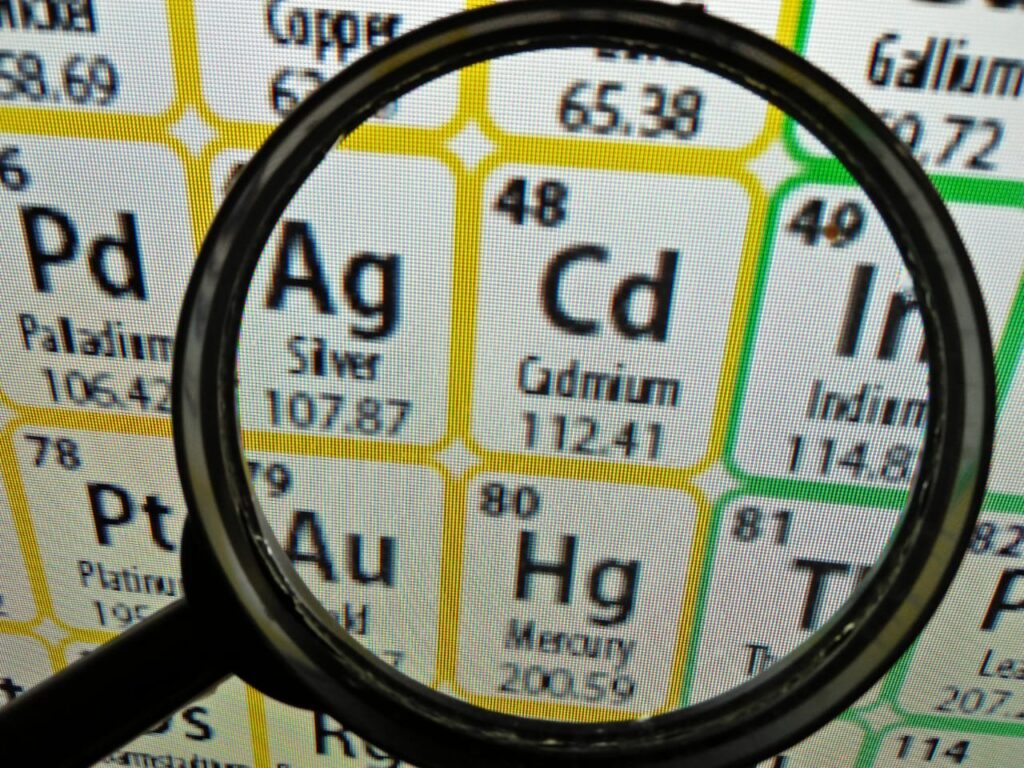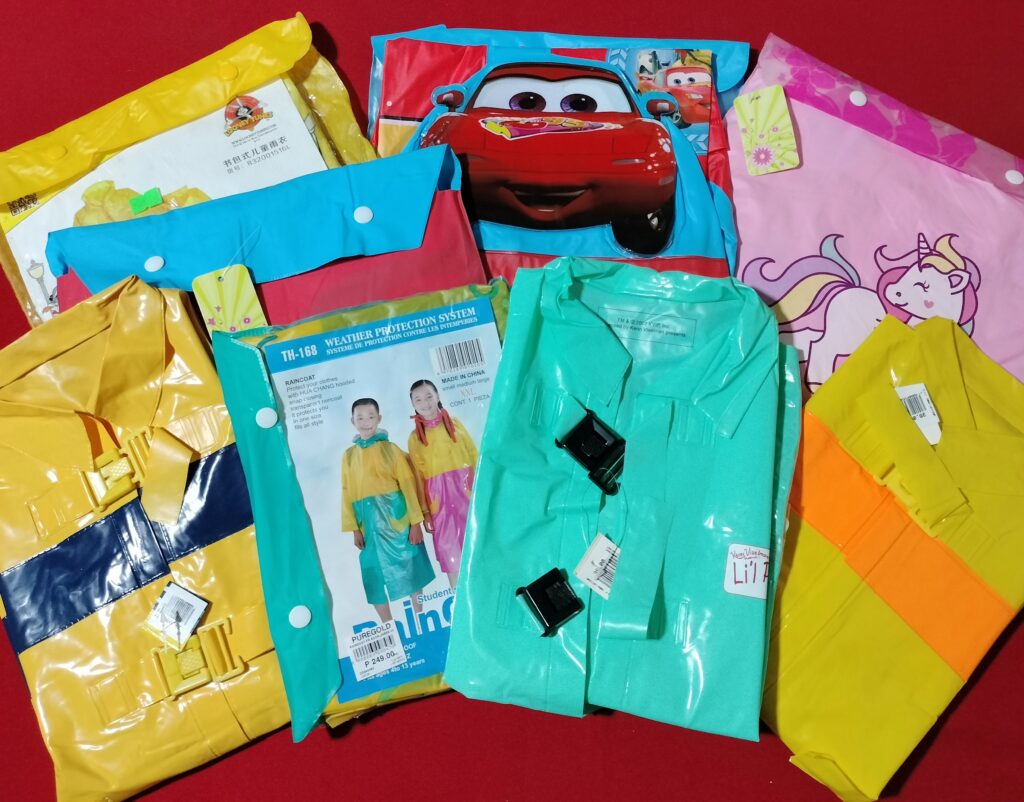As the back-to-school shopping spree continues amid the rainy weather, the toxics watchdog group EcoWaste Coalition alerted consumers about the presence of a highly hazardous chemical in some plastic raincoats intended for children’s use.
The group raised the toxic alert after screening 12 plastic raincoats for cadmium, a chemical that “exerts toxic effects on the kidneys, the skeletal system and the respiratory system and is classified as a human carcinogen,” according to the World Health Organization (WHO).
The group purchased the raincoats costing P39 to P250 each from retail stores located in Caloocan, Las Piñas and Pasay Cities and then screened them for cadmium as part of its continuing campaign to promote children’s health and safety against undisclosed hazardous chemicals lurking in some common school materials.
Out of the 12 raincoats, which are mostly made of polyvinyl chloride (PVC) plastic, four were found to contain cadmium at levels above 100 parts per million (ppm), the European Union’s limit for cadmium in all plastics. The group used a handheld Olympus M Vanta Series X-Ray Fluorescence (XRF) device to check the samples for cadmium content.
A light blue rain coat with a Mickey Mouse and Minnie Mouse design was found to contain 691 ppm of cadmium, while three pink raincoats with Peppa, Princess and Princess Mica designs had 371 ppm, 317 ppm and 220 ppm, respectively.
On the other hand, cadmium was not detected on the eight other kiddie rain gears.
None of the 12 analyzed plastic raincoats provided complete product labeling information. Also, none of the samples were labeled “with cadmium” or “cadmium-free” for the guidance of consumers.
To avoid children’s exposure to cadmium, the EcoWaste Coalition advised consumers to pick non-PVC plastic raincoats, avoid products marked “plastic #3,” “PVC” or “vinyl” and those with strong chemical smell.
According to the group, children are at greater risk of exposure to cadmium, lead and other hazardous chemicals in some school supplies, toys and many other products because they breathe more air, drink more water and consume more food more per kilogram of body weight than do grown-ups; they tend to put their fingers or objects to their mouths and thus increase the potential to ingest toxicants in dust or soil; and because their brains, bodies and immune systems are still developing.
As children are highly vulnerable to the negative health effects of cadmium and other hazardous chemicals, the EcoWaste Coalition proposed an all encompassing ban on hazardous chemicals in school supplies, toys and other children’s products.
“It’s time for our government to promulgate more health-protective regulations that will prevent and reduce children’s exposures to hazardous chemicals in common household and school products,” the EcoWaste Coalition stated.
“The adoption and enforcement of such regulations, including mandatory chemicals in product (CiP) labeling, will surely drive foreign and local manufacturers to innovate and come up with cleaner and safer, as well as duly tested and labeled, products for our children,” the group pointed out. (PR)




